Exploring Poland by car? Understanding the country’s road signs and markings will help you drive with confidence and stay safe when you get behind the wheel in Poland.
Poland’s road signage follows European conventions, so if you’re familiar with the shapes and colours of road signs used across the continent, many will already feel familiar.
Polish road signs are typically written in Polish, but many symbols are universally recognisable, making it easier for international drivers to navigate.
Here’s an overview of the shapes and colours of Polish road signs:
- Red and white triangular signs warn of potential hazards such as animal crossings, uneven road surfaces, or sharp bends.
- Red and white circular signs indicate restrictions, such as speed limits, weight limits, or vehicle type exclusions.
- Blue circular signs give mandatory instructions, like which direction to travel or which lane to use.
- Rectangular signs provide general information, including directions, services, or tourist attractions.
Essential Polish Road Signs
Speed Limit/End of Speed Limit
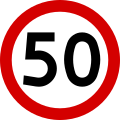
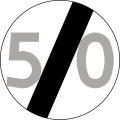
Speed limit signs in Poland are circular with a red border and a number in the centre, indicating the maximum speed in kilometres per hour (km/h). Speed limits vary depending on the type of road and time of day, especially in urban areas.
A greyed-out version of the speed limit sign, with diagonal black stripes, indicates the end of that particular speed restriction – after passing it, the general speed limit for that type of road applies.
Stop
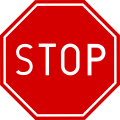
Poland uses the international red octagonal ‘STOP’ sign with the English word STOP clearly displayed. You must come to a complete halt at these signs.
Toll Roads/Toll Collection
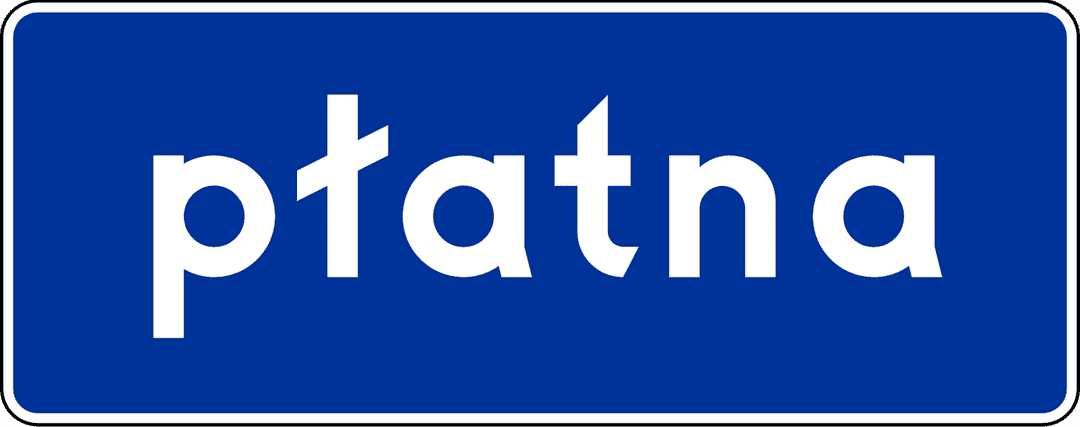
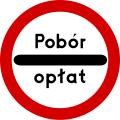
Signs with the word ‘Płatna’ or ‘Opłata’ indicate toll roads and you’ll often see these near motorways or expressways. Payment can be made at booths or electronically. The sign reading ‘Pobór opłat’ will give you warning as to when you need to pay.
No Parking/No Stopping
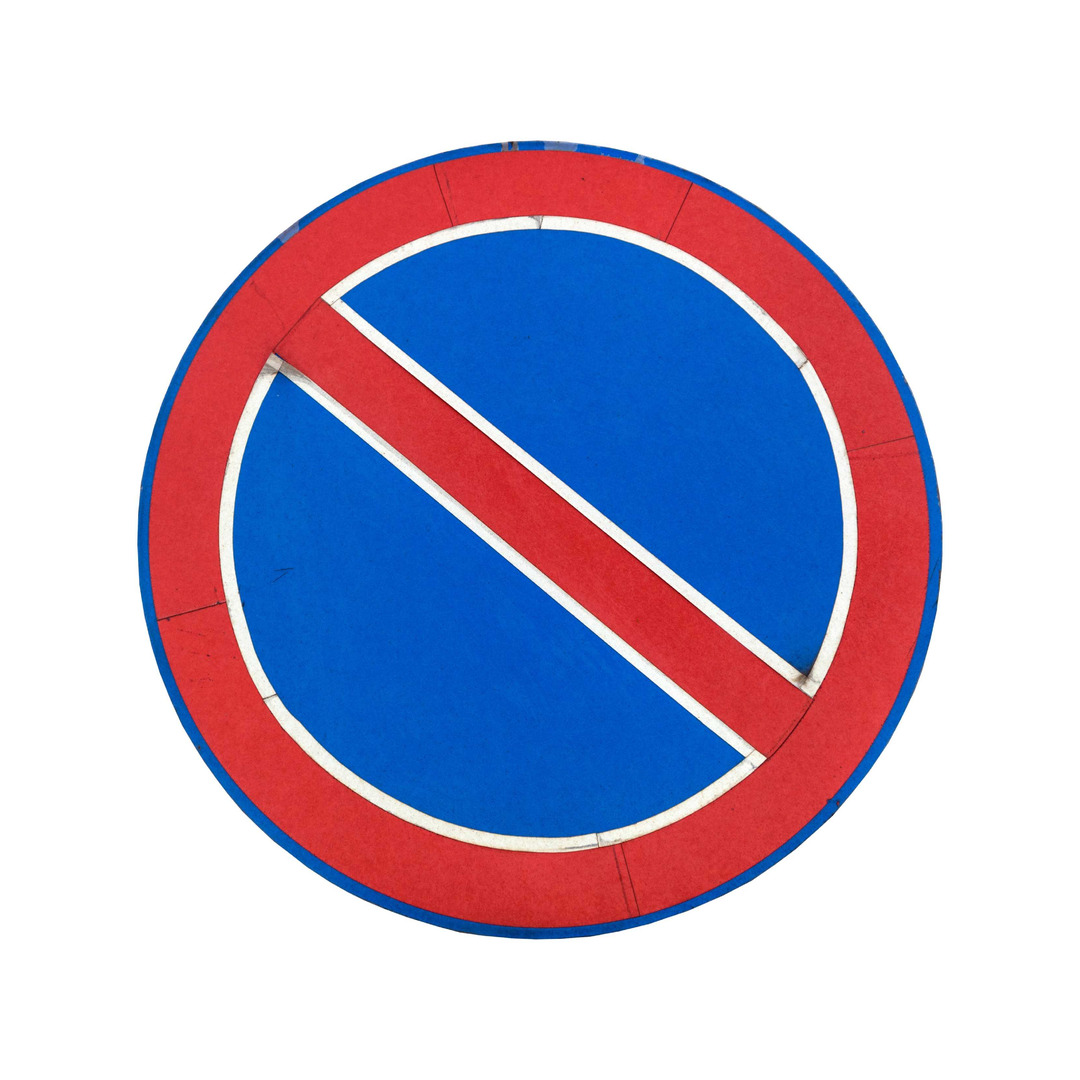
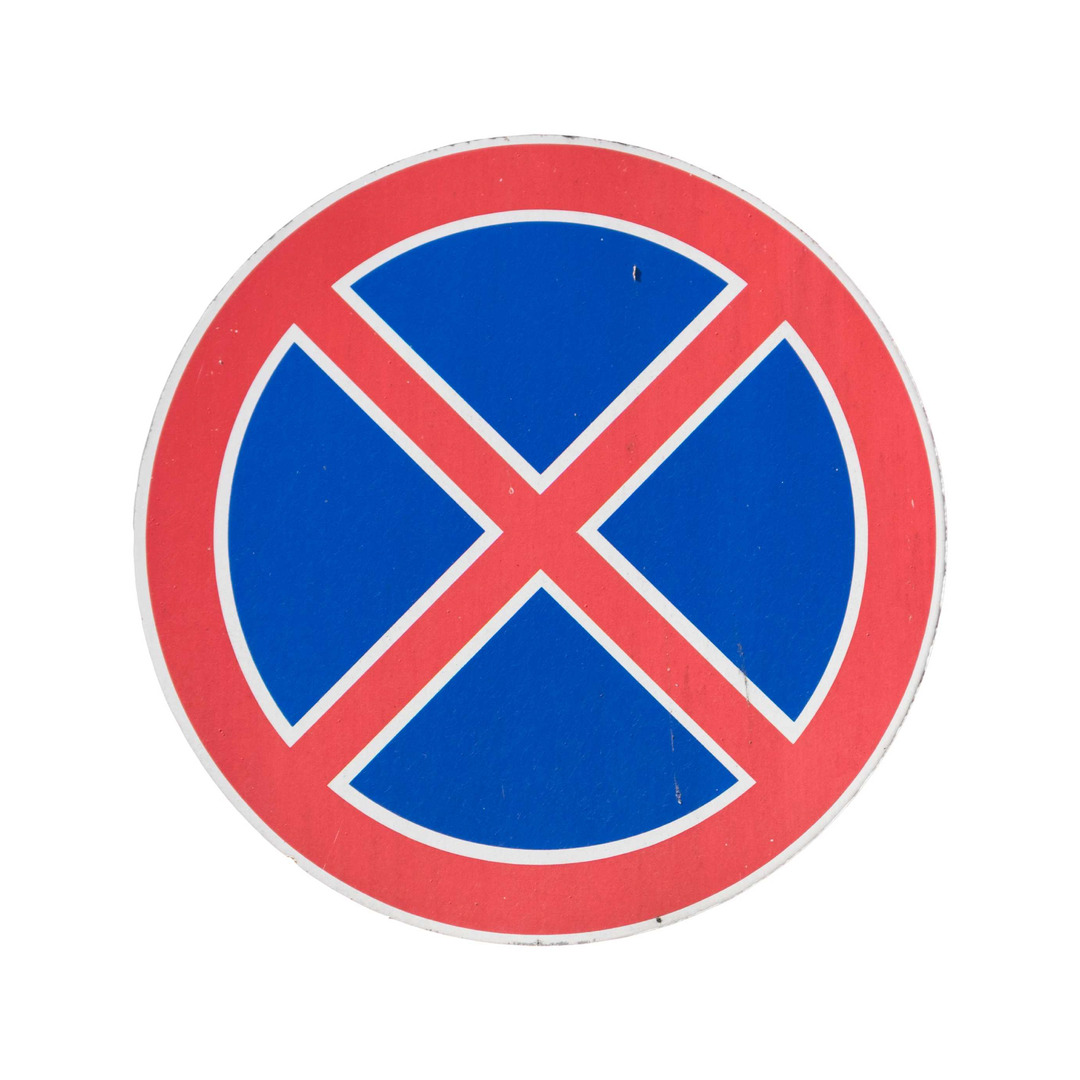
AA blue circular sign with a red border and a single diagonal line means no parking. Two diagonal lines indicate no stopping. These restrictions apply to the side of the road where the sign is placed.
One Way
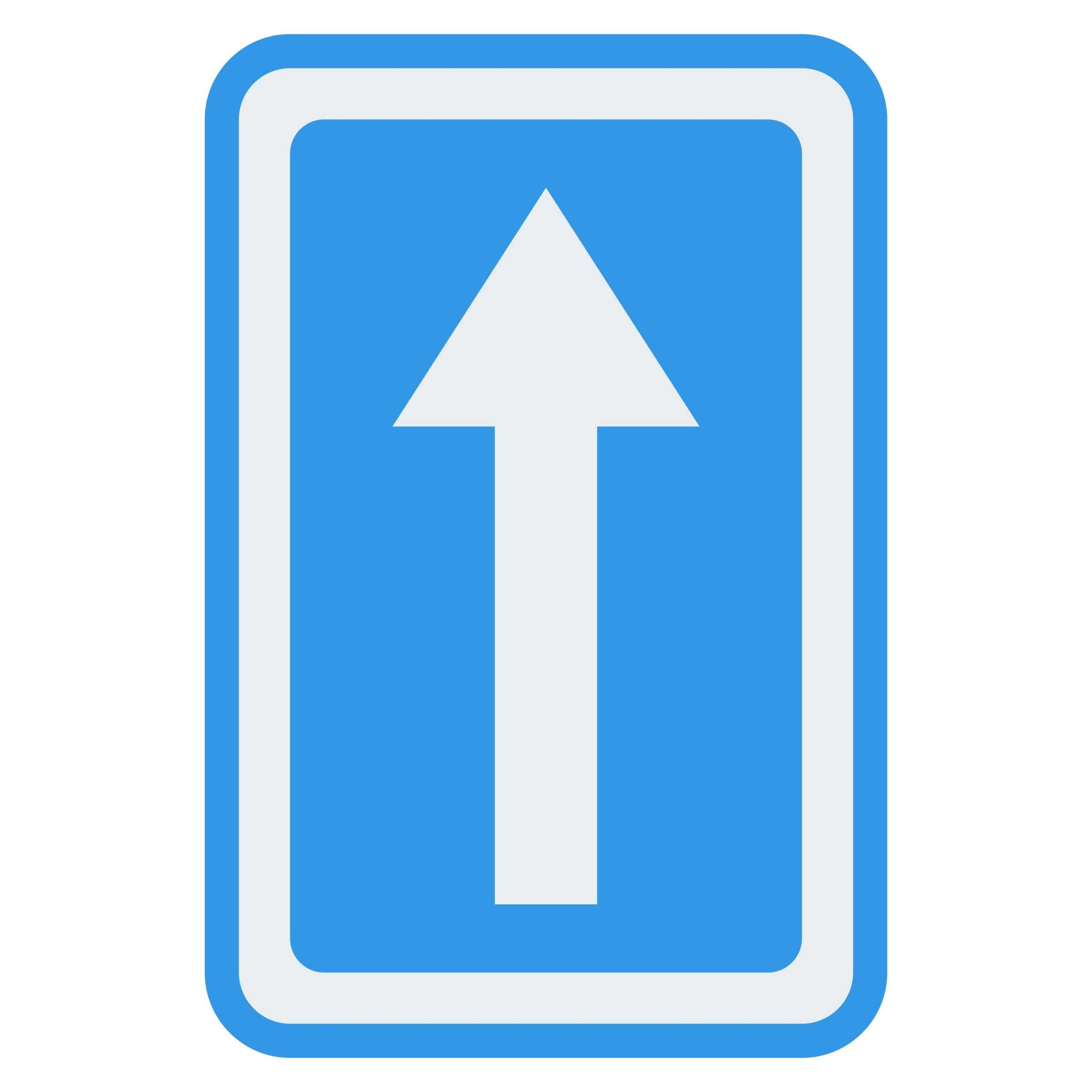
A blue rectangular sign with a white arrow shows that the road is one-way. These are common in city centres and narrow streets.
Intersection
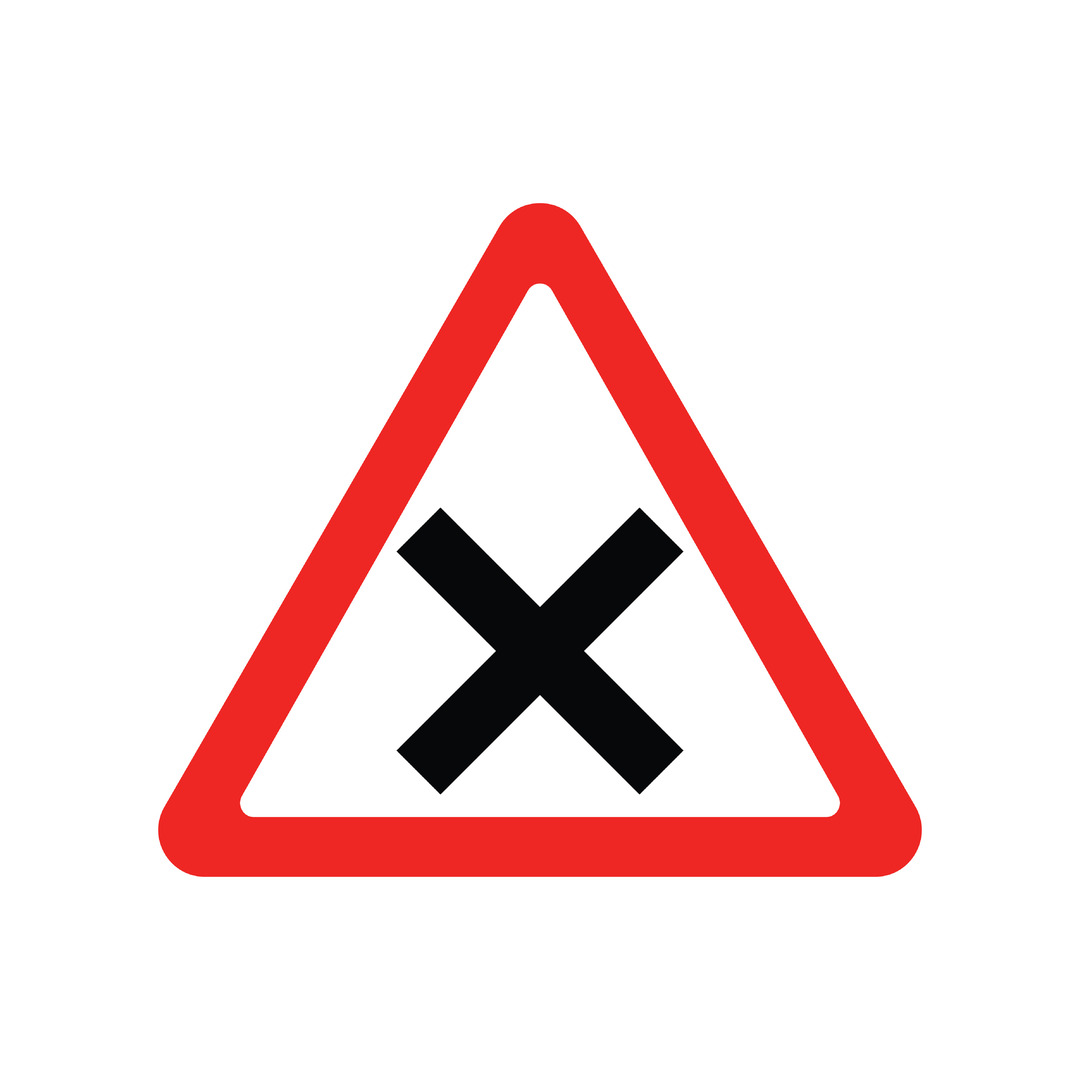
A red triangle with a black cross warns of an upcoming intersection. In Poland, priority is usually given to vehicles coming from the right, unless otherwise indicated.
No Entry
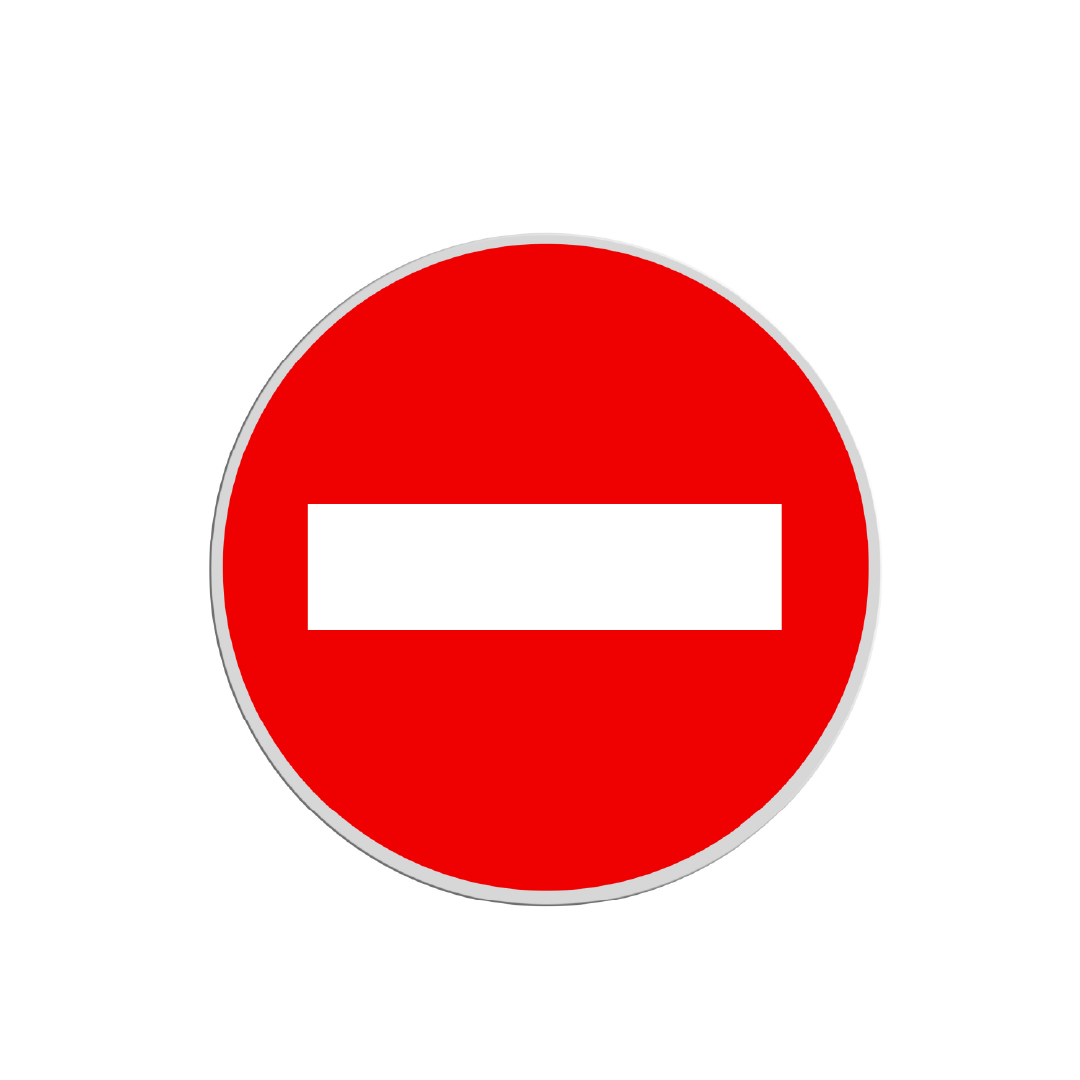
A red circular sign with a white horizontal bar means no entry. It’s used to indicate roads that are closed to traffic from your direction.
No Entry in Both Directions
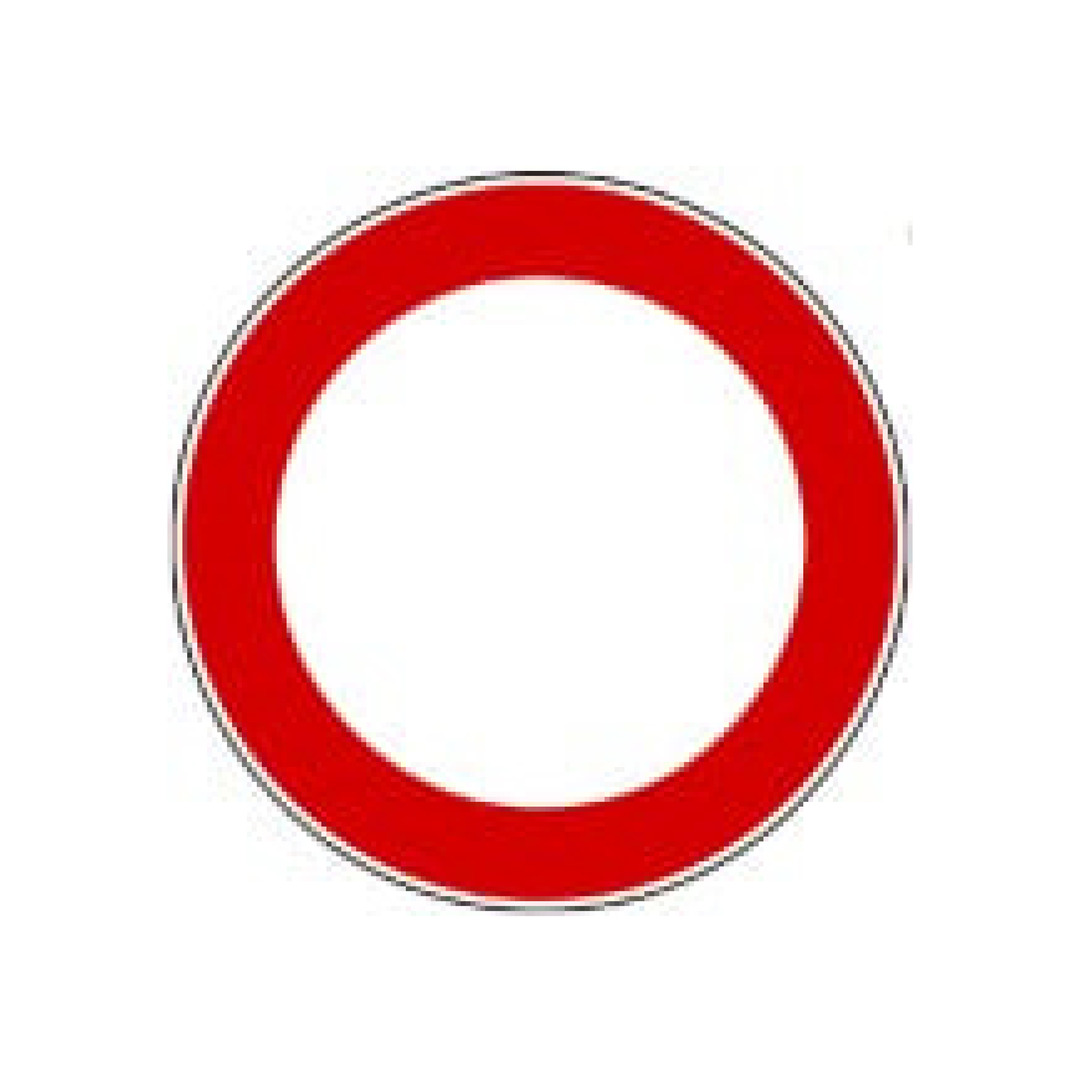
A red circular sign with a white horizontal bar on both sides means no entry for vehicles in either direction. This is often used for pedestrian zones or restricted areas.
Priority Road Starts/Ends
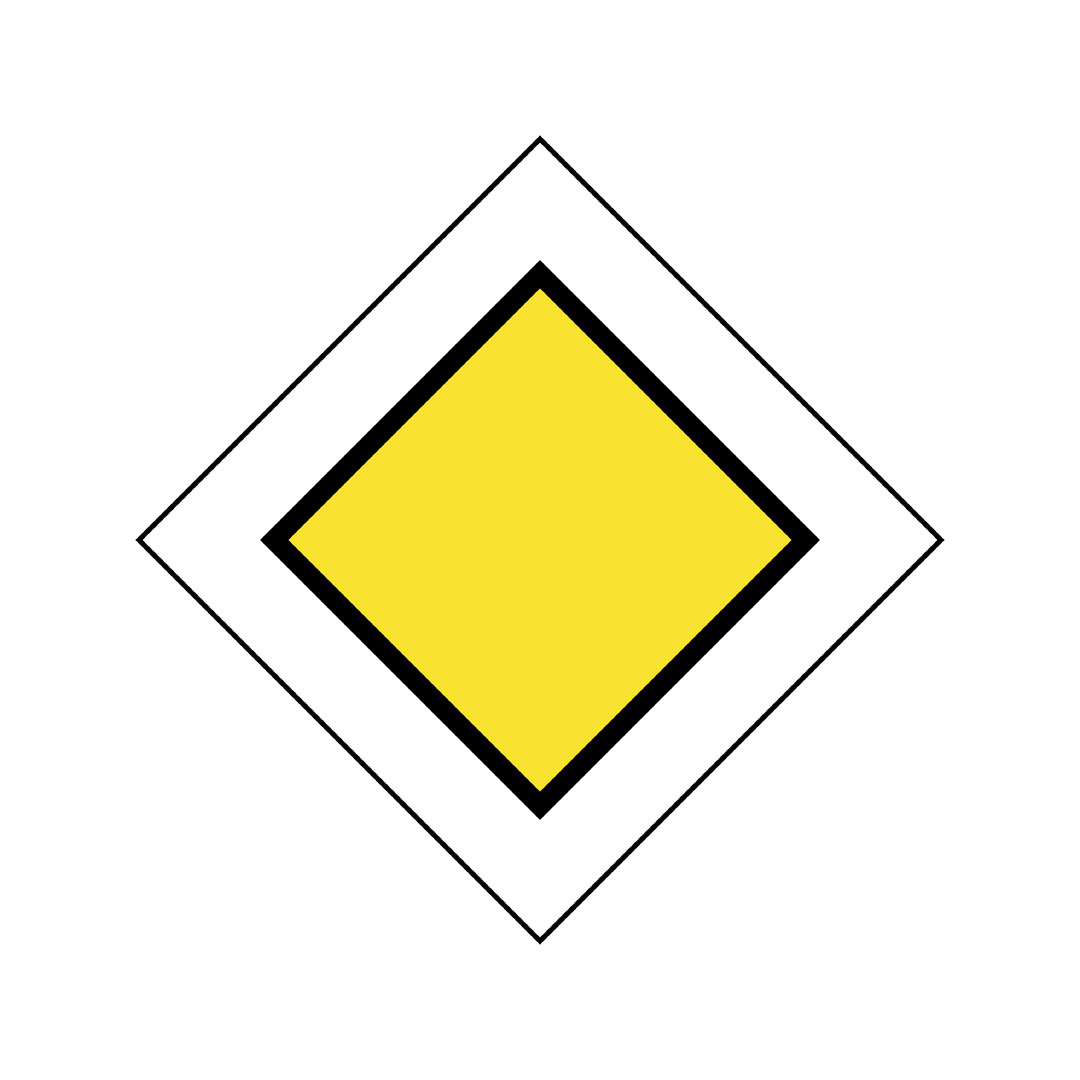
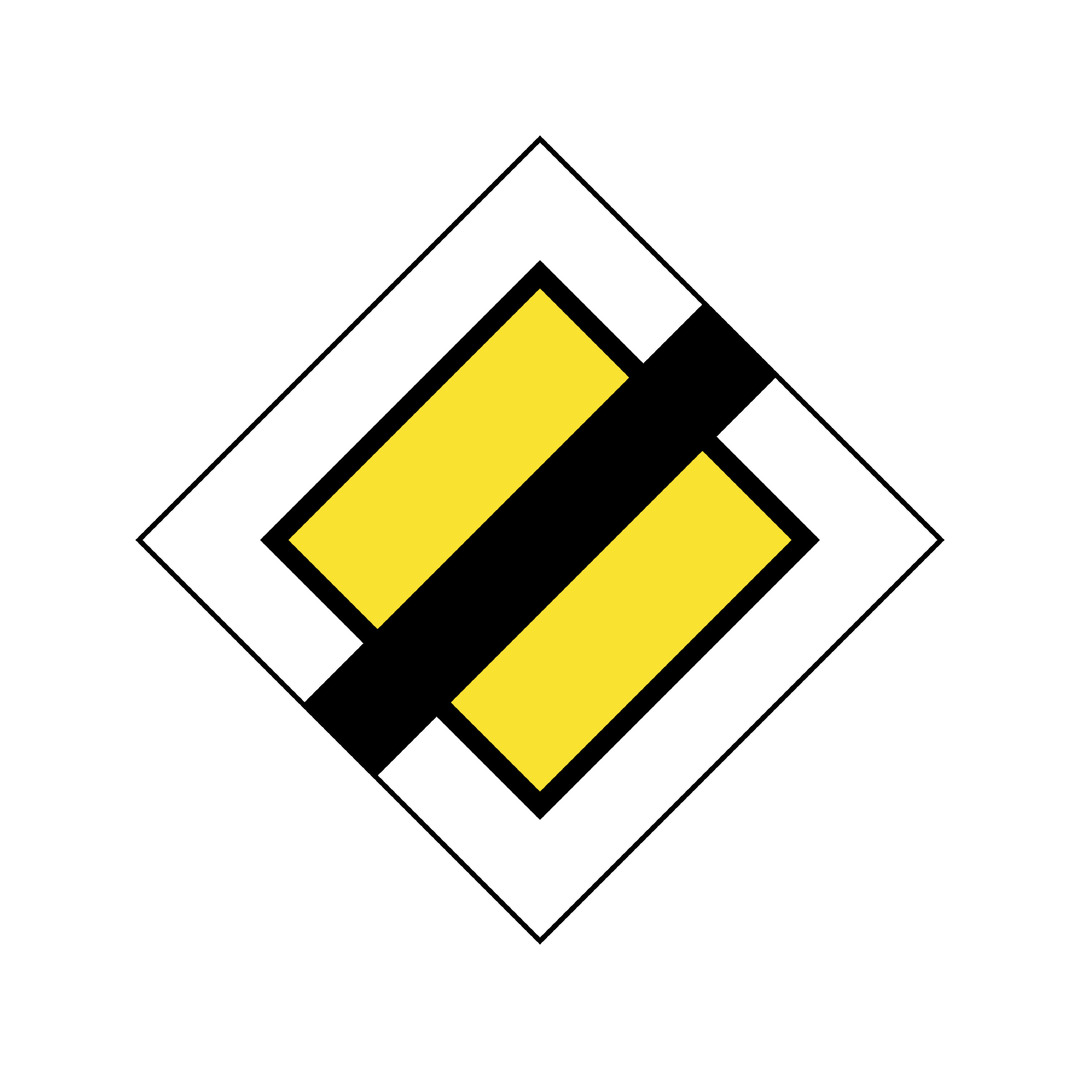
A yellow diamond with a white border indicates a priority road. Vehicles on this road have the right of way. A similar sign with a black diagonal line means the end of the priority road.
Polish Road Markings
Poland’s road markings are similar to those found across Europe. Here’s a quick guide:
- Solid white line: Marks the edge of the road or separates lanes. Crossing it is prohibited.
- Dashed white line: Separates lanes and may be crossed when safe.
- Solid yellow line: Indicates no parking or stopping, often used near pedestrian crossings or intersections.
- Broken yellow line: May allow temporary stopping for loading/unloading, but not parking.
Watch out for designated lanes for buses, trams, bicycles, or emergency vehicles. Driving in these lanes without permission can result in fines.
To drive with peace of mind in Poland, consider purchasing car rental excess insurance. It can protect you from unexpected costs if your rental car is damaged, helping you enjoy your journey with confidence.

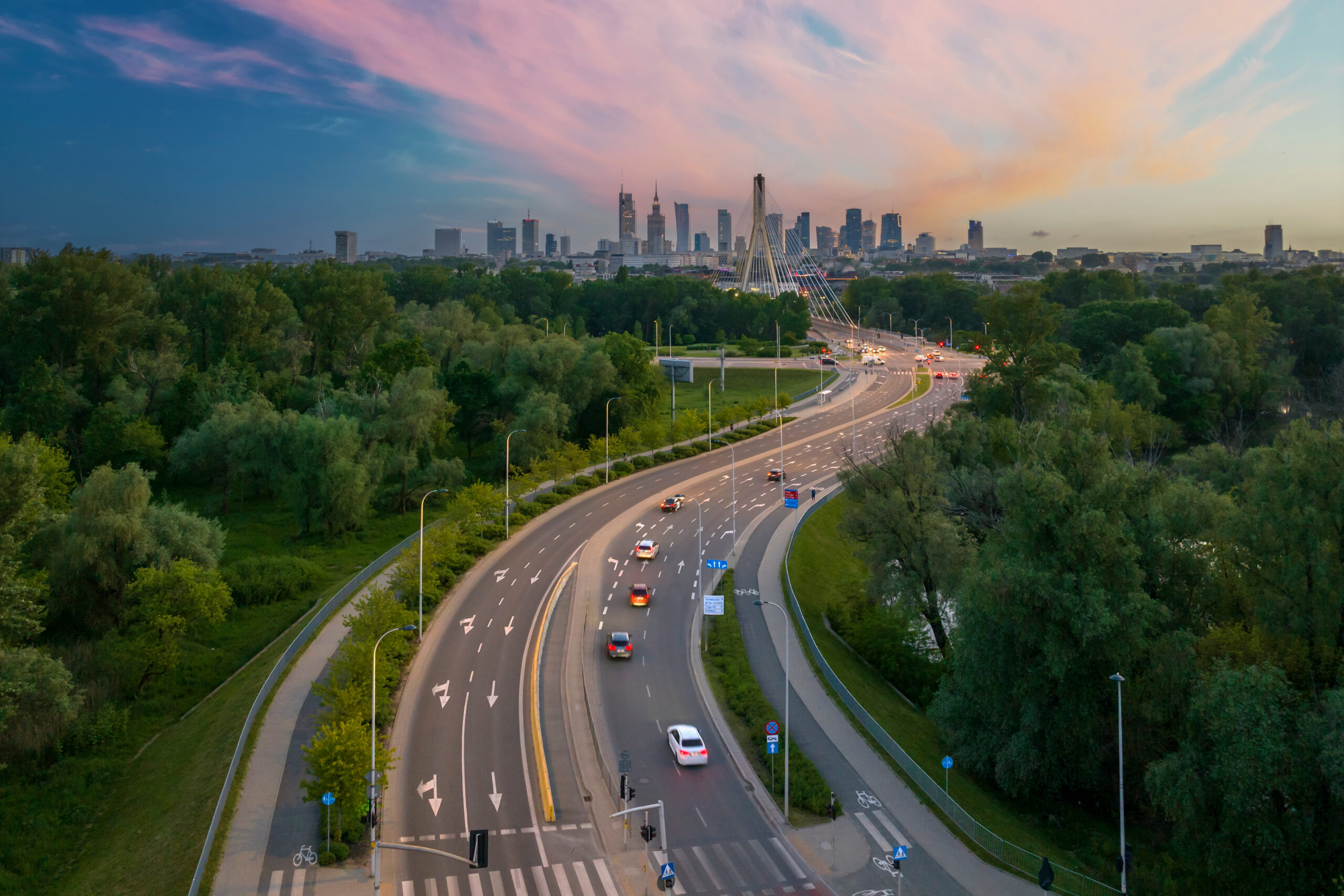
Comments are closed